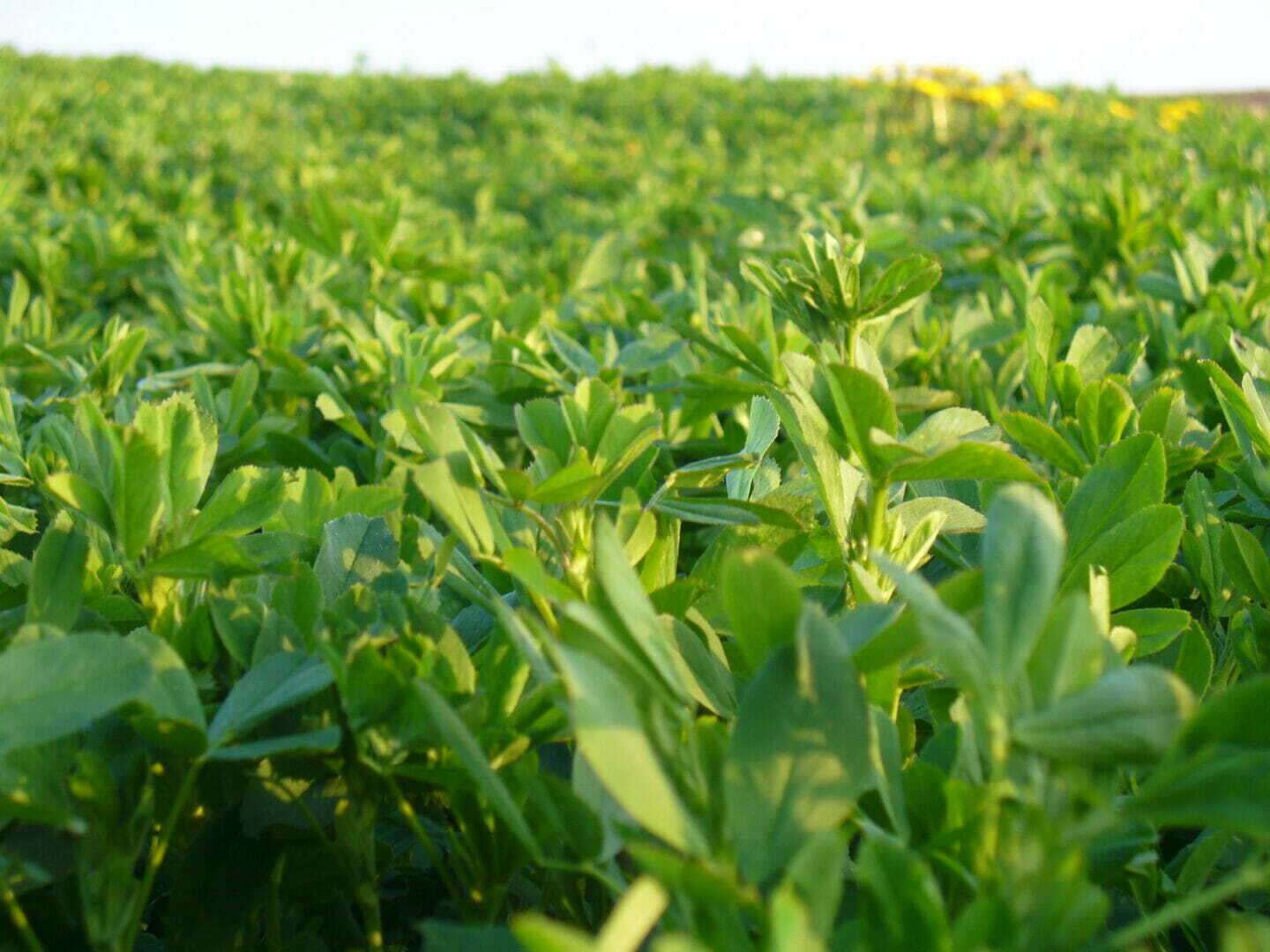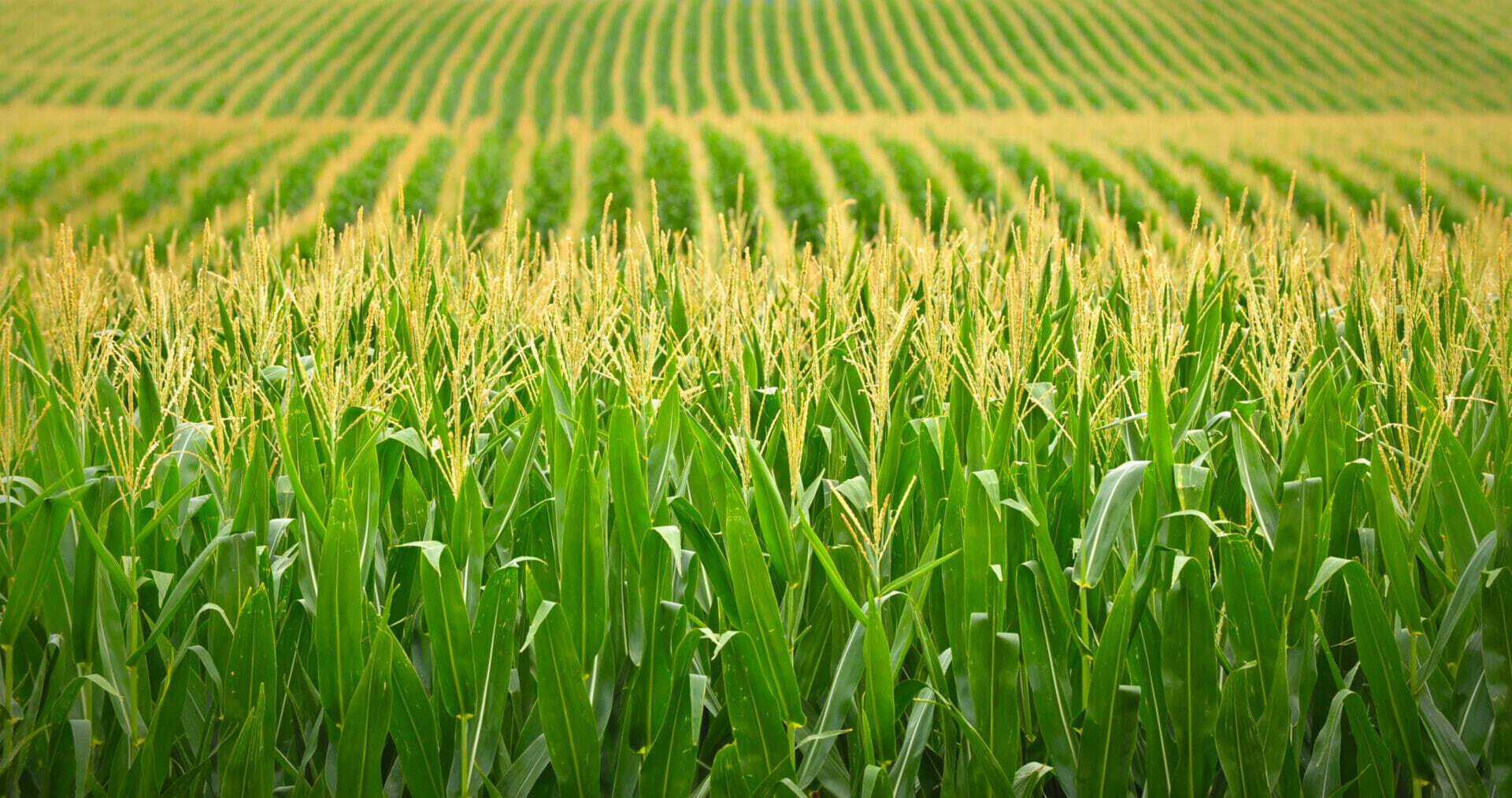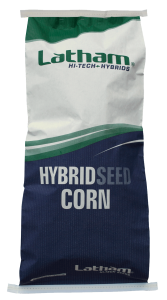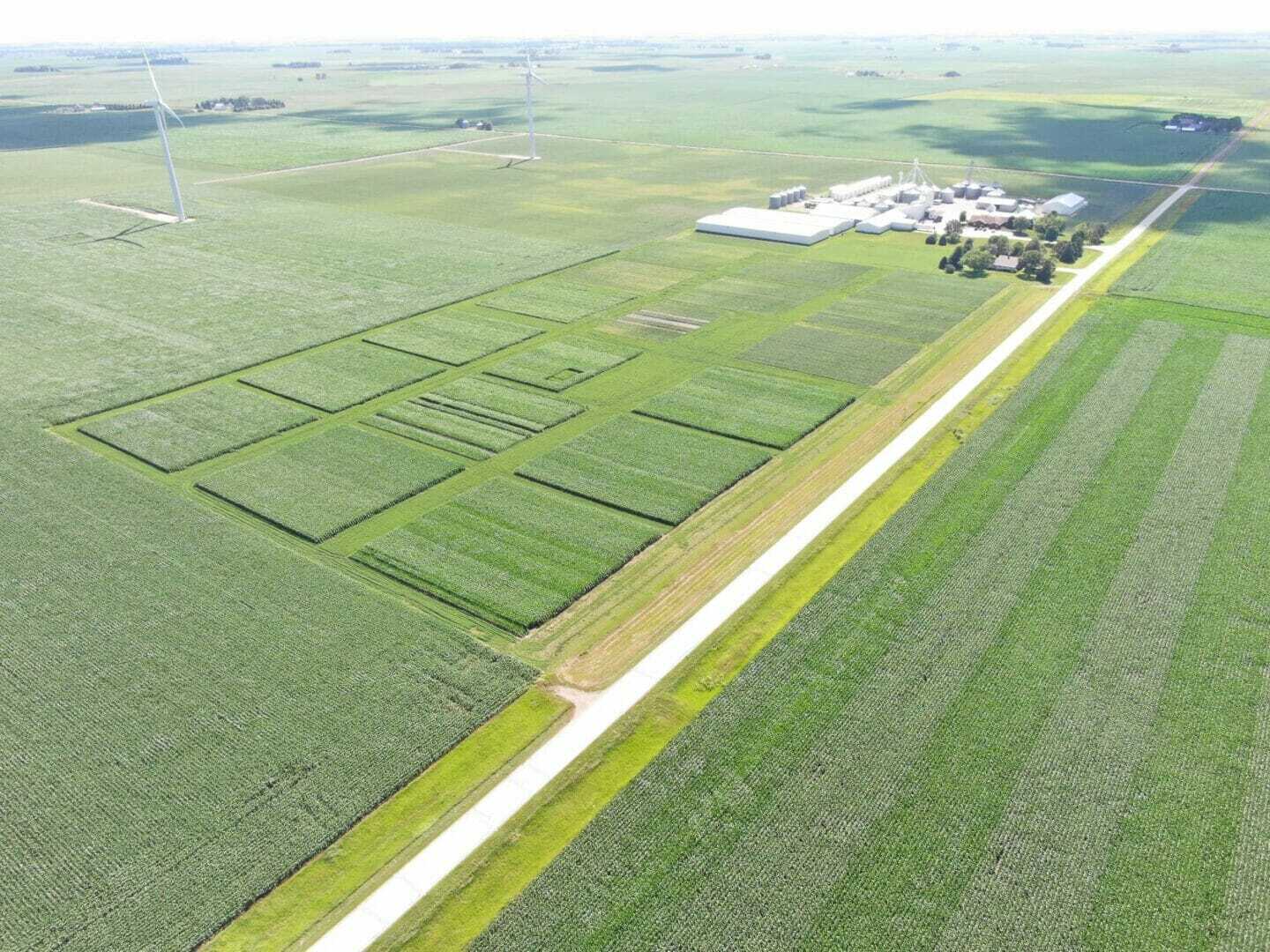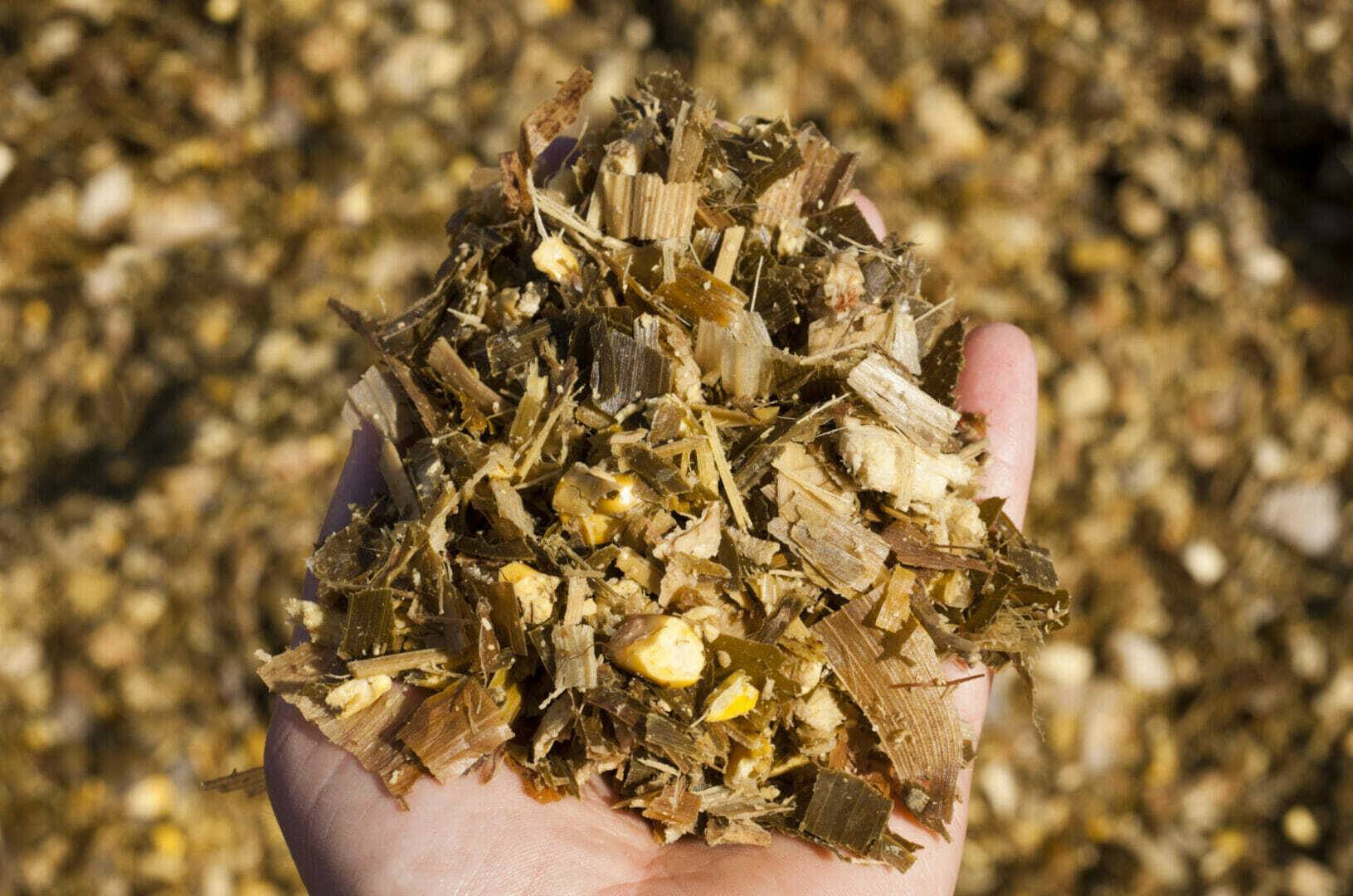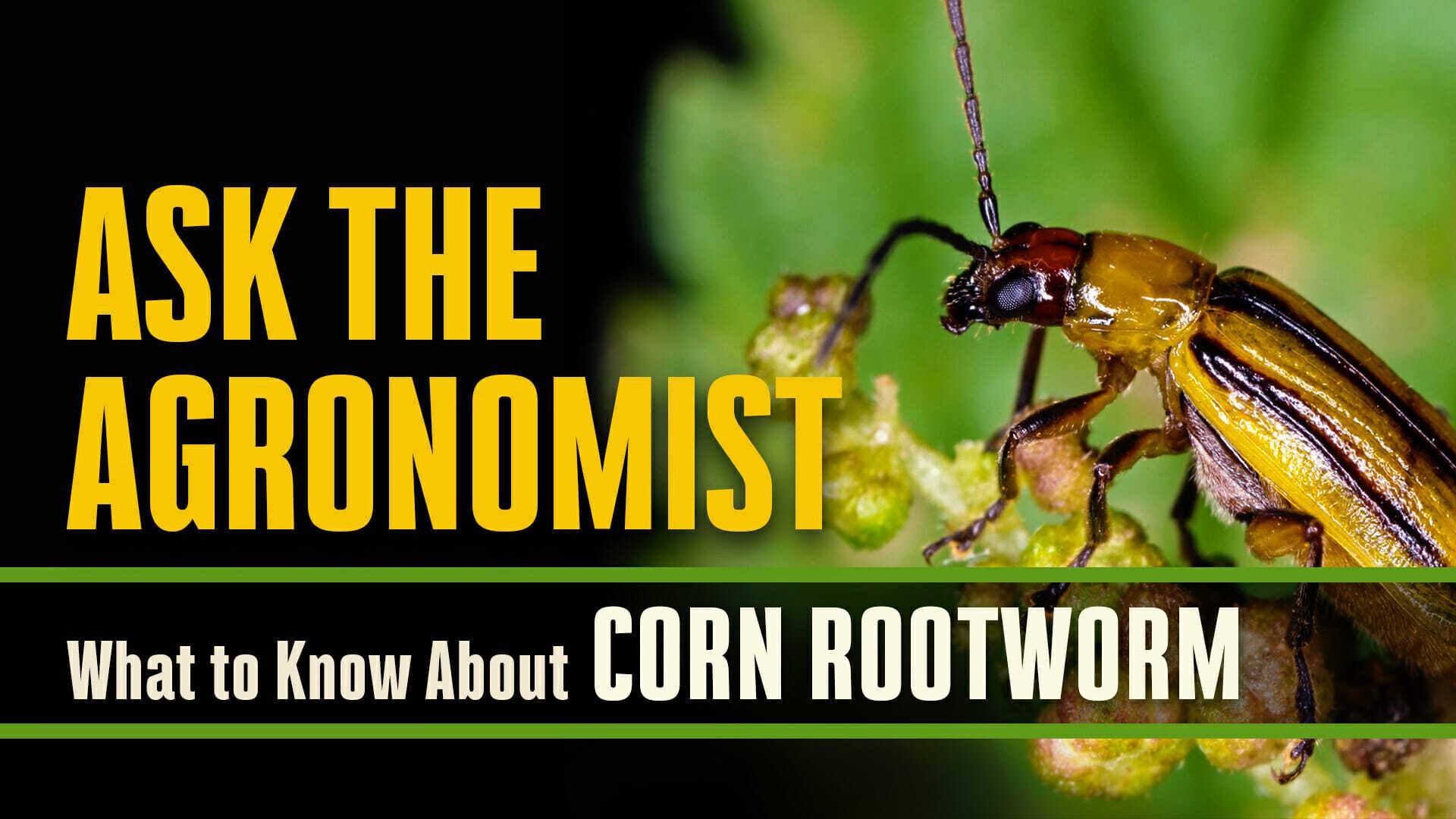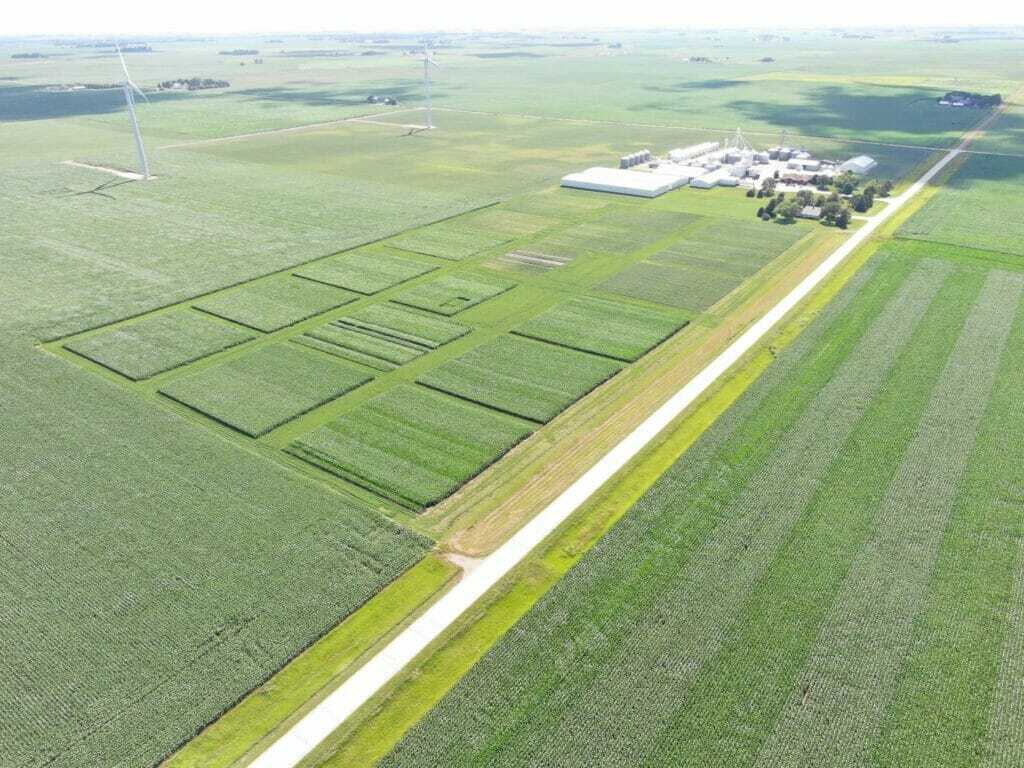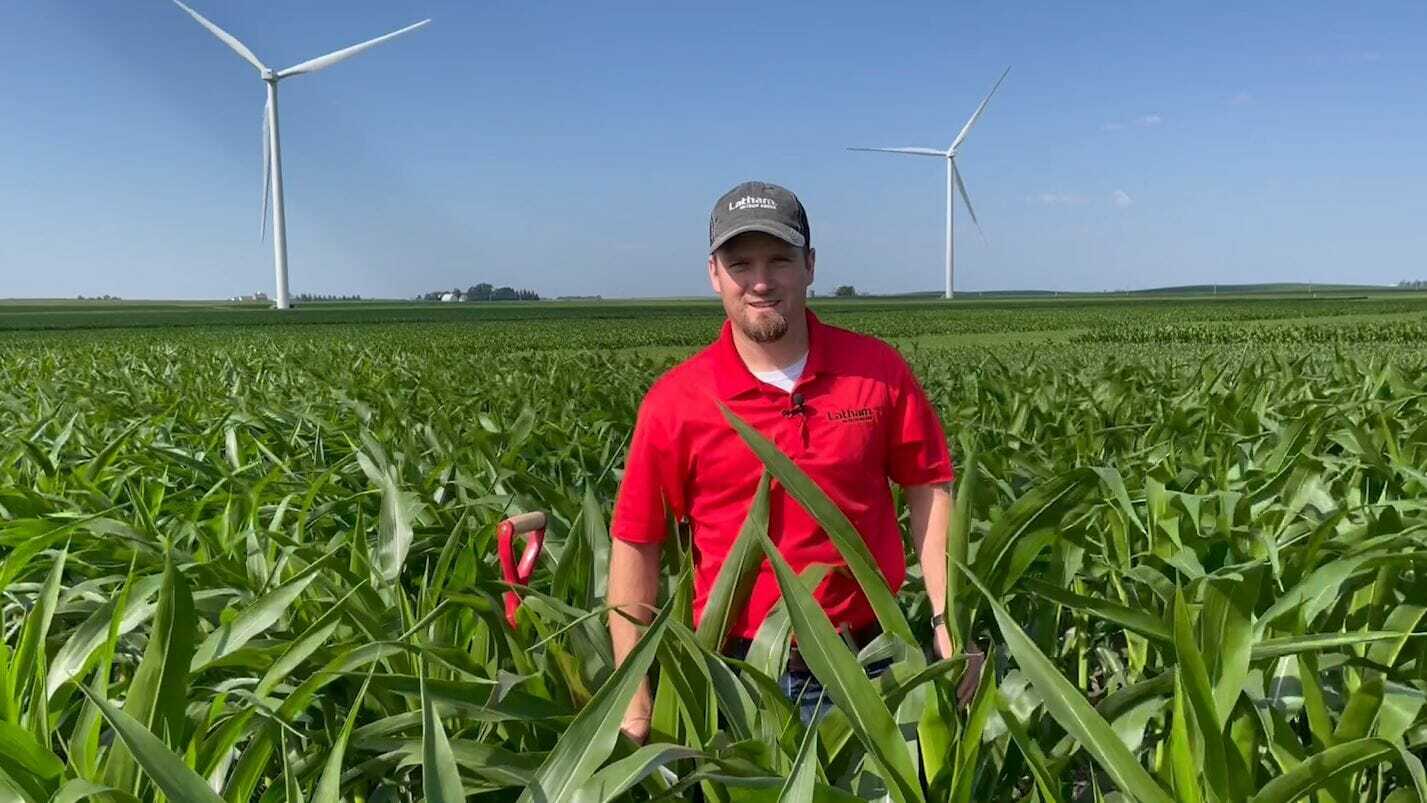When soils thaw in early spring, we can see how our alfalfa crop fared. You can get a pretty good indication of your alfalfa crop’s health from the road. If your field is still brown and the neighbor’s field is green, check for injury or death.
The best way to diagnose winter injury is by digging four to six inches deep and then examining the plants’ roots. Healthy roots should be firm and white in color with little evidence of root rot. Winter-killed roots will have a gray, water-soaked appearance early.
If your alfalfa stand has suffered winter injury, assess the field’s yield potential by determining the number of stems per square foot:
Yield (tons/acre) = (Stems/ft2 x 0.1) + 0.38
This calculation should only be used as a guideline as many factors determine yield. Factors that influence winter injury and yield in alfalfa stands include:
- Stand age. Older stands are more likely to winterkill than younger ones.
- Variety. Varieties with superior winter-hardiness ratings and a high disease resistance index are less likely to experience winter injury.
- Soil pH. Stands growing on soil with a pH about 6.6 are less likely to experience winter injury.
- Soil Fertility. Stands with high fertility, particularly potassium, are less likely to experience winter injury than those with low fertility.
- Soil moisture. Alfalfa grown on well-drained soils is less prone to winter injury.
- Fall soil moisture status. As dehydration is the primary means of tolerating freezing temperatures, stands that go into winter with low soil moisture are better able to lose moisture and are less likely to winterkill.
- Cutting management. Both harvest frequency and timing of fall cutting affect alfalfa winter hardiness. The shorter the interval between cuttings, the greater the risk of winter injury. Stands where the last cutting was taken between Sept. 1 and Oct. 15 are at greater risk, as plants are unable to replenish root carbohydrate reserves before winter.
- Snow cover. Snow is an excellent insulator. Four inches of snow can result in a 10°F difference in soil temperatures. Stands that were not cut after Sept. 1 or that have at least six inches of stubble retain more snow cover and are less susceptible to winter injury.
While we cannot control what Mother Nature delivers during the winter months, we can take steps to control or reduce alfalfa winter injury. Contact your local Latham® dealer or call our office at 877-GO-LATHAM (877-465-2842); we’d love to assist you with any questions you may have.
Did you enjoy this article? We want to (TECH)talk with you! Sign up for our newsletter to receive agronomy articles (and delicious recipes) in your inbox! We’ll talk soon.
